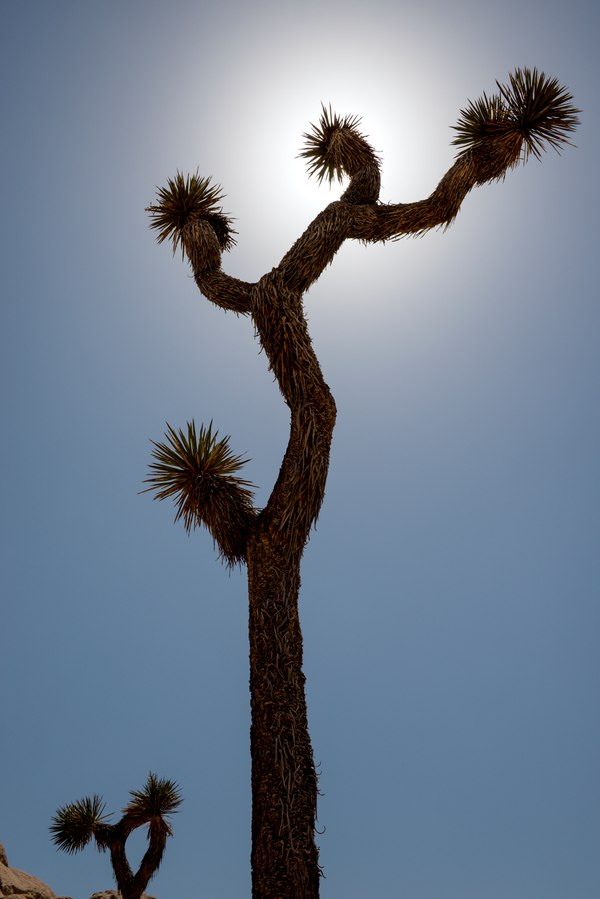Anthropomorphizing elements in nature is often used when describing the natural world. While assigning human-like qualities to nature can enhance our sense of connection, it can also be misleading. For instance, in the 19th century, Mormon pioneers crossing the Mojave Desert were credited with naming the Joshua tree; its upturned branches were believed to resemble the arms of the prophet Joshua, pointing toward the Promised Land. In truth, the tree lifts its limbs toward the sun to allow its leaves to convert water into sugar, fueling its growth.
It is also known as “Izote de desierto,” which translates from Spanish to "desert dagger.” This name aligns more closely with its characteristics, as its dagger-shaped leaves store rainwater and protect the tree from animals. The Cahuilla people refer to it as Hunuvat chiy'a, which translates directly to the tree itself rather than as a metaphor or simile. The Cahuilla Nation of inland Southern California utilizes it to make medicines, sandals, roofing, and baskets.
A characteristic that surprises many upon their first sighting is the Joshua tree’s striking resemblance to Dr. Seuss’s Truffula trees. Strictly speaking, Joshua trees are not actually trees but rather succulents belonging to the genus Yucca. To ensure their survival, they have two root systems—one deep and one shallow—that ensure a more consistent water supply, however, young trees are particularly vulnerable to prolonged dry spells. With the changing climate causing ongoing droughts in the Southwest, fewer seedlings are reaching maturity, and they may nearly disappear by the end of this century. As writer Jeannette Walls states in her book The Glass Castle, “it's the Joshua Tree’s struggle that gives it beauty.”

